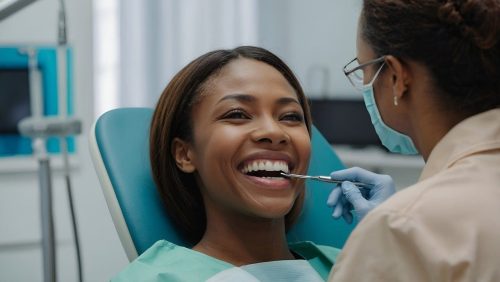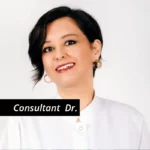A smile is often the first thing others notice in social interactions. Therefore, a decent smile, which reflects the appearance of the teeth, plays a significant role in making a great first impression.

 4.7
4.7
Would you like to receive information about the operations from Vanity Doctors?
As Vanity, we can give you information about the operation you are considering.
Ask the DoctorHowever, taking care of the teeth and gums alone can fall short of achieving that aesthetic smile, if you have misaligned teeth, which cannot be managed by daily routines. This article will help you understand how orthodontics can address these issues and how consulting an orthodontist might be highly beneficial.
What Is Orthodontic Treatment and Who Provides It?
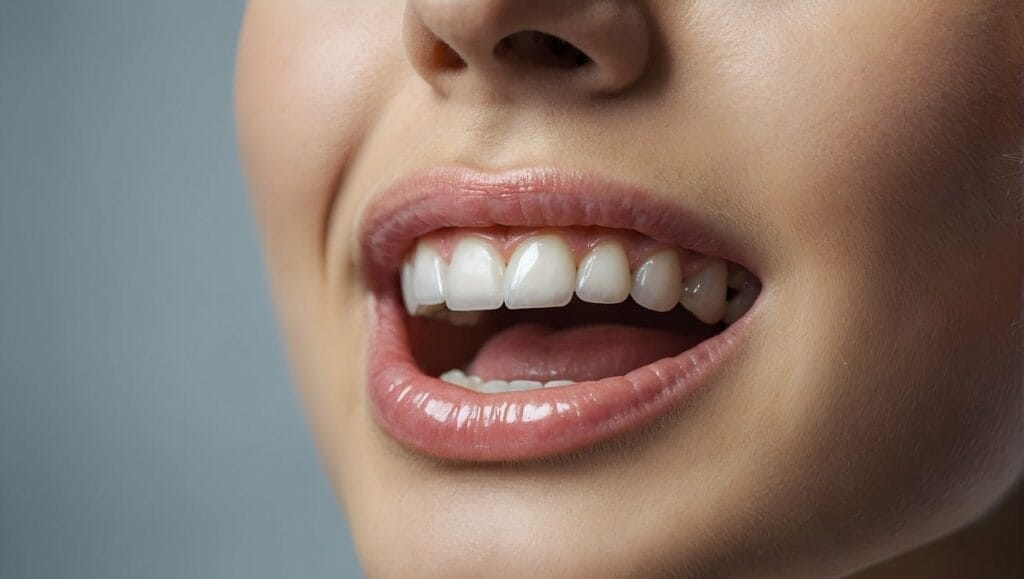
The orthodontic treatment is a way of aligning and straightening the teeth, improving the biting pressure and correcting jaw joints and gums. The treatment takes place over a long period of time, yet it offers long-term health benefits. It makes your life easier by improving daily tasks like chewing, biting, and speaking.
Orthodontic treatment plan starts with a comprehensive visual examination of the patient’s smile. After that, your orthodontist will create a diagnostic record, which involves dental X-rays, bite impressions, and images of your teeth and face. When dealing with an overcrowded mouth, it could be necessary to extract one or more teeth to make space for proper alignment. After completing the diagnosis, an appropriate appliance is used.
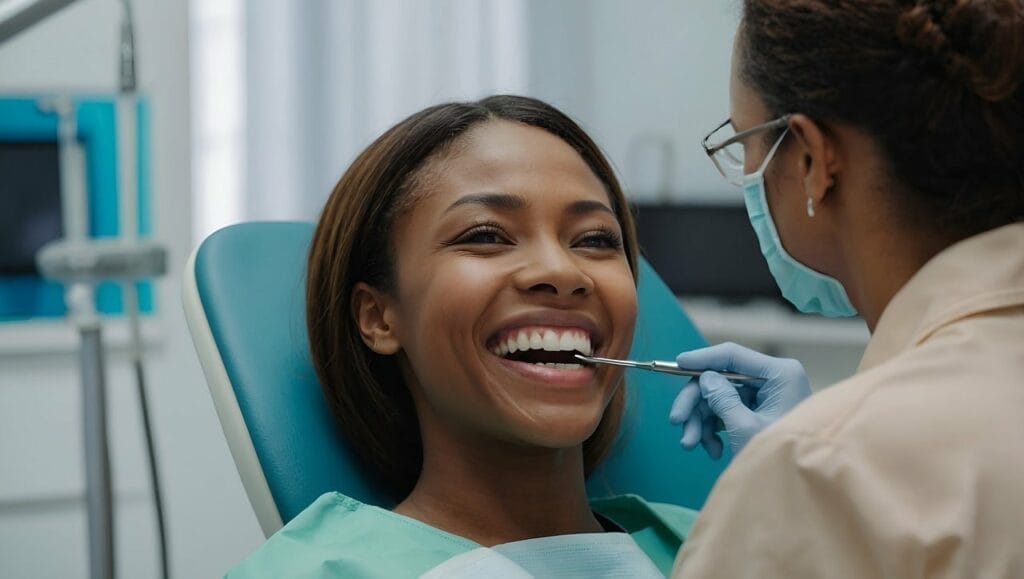
What Is an Orthodontist?
In most cases, the question of what is an orthodontist has a simple answer. An orthodontist is a specialist who performs orthodontic treatments following additional training after graduating from dental school. While dentists deal with a wide range of dental problems, orthodontists specialize in diagnosing and treating teeth and jaw misalignments.
Who Can Benefit from Orthodontic Treatment?
Orthodontic treatments are applied to improve the appearance and the effective use of teeth. These include correcting issues with biting and chewing, underbites, and overbites as well as addressing overcrowding, gaps between teeth, and misalignment. If you have these problems in your teeth, you can definitely benefit from getting orthodontic treatment. The prevalence of misaligned teeth is greater than you might expect. In fact, according to estimations from the National Library of Medicine (1998), only 35% of adults have properly aligned teeth.
Additionally, by ensuring jaw alignment, orthodontic treatment can relieve the tension in the jaw muscles and joints, which can help ease headaches and jaw pain. Orthodontic treatment can also boost your confidence by giving you a smile you feel good about, leading to improved social and professional interactions.
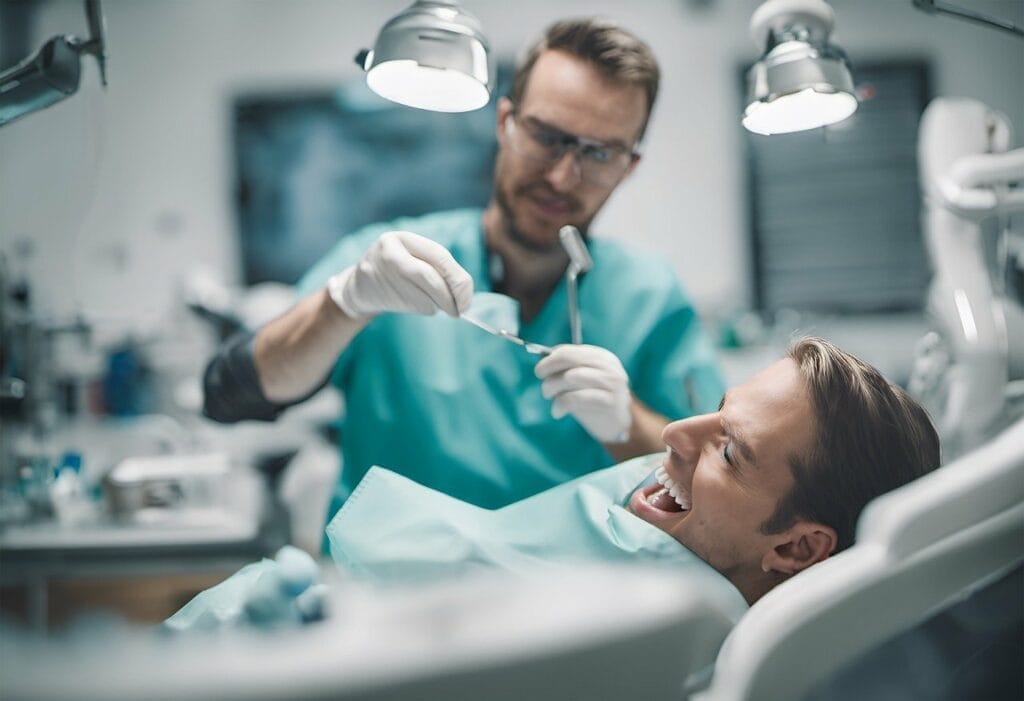
Types of Orthodontic Treatments
According to the American Association of Orthodontists, orthodontics became the first dental specialty in 1900. Since then, the range of orthodontic appliances has expanded significantly. These advancements have increased the effectiveness of the treatments, as well as comfort and the number of aesthetic treatment options.
Fixed Appliances
Fixed appliances (braces) remain the most commonly used type of orthodontic appliance. The ideal choice for you depends on the intensity of your condition and personal preferences.
l Metal Braces: Traditional metal braces are stainless steel wires and brackets to reposition and shift your teeth over time. The wire is tightened during regular visits, where you can also choose different colors of ligatures. Mostly, the fixed brackets are removed after 1-3 years.
l Ceramic Braces: Their main difference from metal braces is that ceramic material is used. Clear or tooth-color brackets and wires make it less visible. However, one disadvantage compared to traditional braces is that they are more fragile.
l Lingual Braces: The appliances used are the same as metal braces, except lingual braces go behind the teeth, mostly preferred by adult patients. It is a good option if you prioritize aesthetics but still want the benefits of braces, as it is practically invisible to others.

Removable Appliances
Removable appliances are chosen for variety and convenience. The time of use depends on the severity. Yet, compared to fixed appliances, they can require more time to achieve the desired outcomes due to low-pressure levels.
l Clear Aligners: Custom-made, clear aligners have the same function as braces. Yet, they use clear aligner trays rather than wires to straighten the teeth. Clear aligners are often preferred for their convenience and Invisalign® is the most popular brand. The set of trays is changed regularly so that your teeth shift and become aligned over time. It is crucial to wear them all day except when you are eating, drinking, or brushing your teeth.
l Retainers: They are used once the orthodontic treatment ends with braces or clear aligners. Retainers are custom and help your aligned teeth stay in the proper position. You can prolong the results of the treatment by using your custom retainers regularly.
l Headgear: It is a special appliance that creates a decent force to move teeth into the correct position. It is used in cases where braces are not sufficient. You should not eat or drink anything while wearing a headgear. It can be used with other appliances.
l Palate Expander: Palate expanders are commonly used in children because their jawbones are still developing. This way, it is easier to widen the child’s narrow upper jaw through steady and mild force. Even though most children do not need it, it can be beneficial to get diagnosed early. Besides, palate expanders are available both as fixed and removable.
Complementary Treatments
There are complementary treatments that can enhance the results of orthodontic treatment or address issues it may not fully resolve. Here are some of the options you can have at Vanity Cosmetic Surgery Hospital:
- Jawline Filler: Non-surgical volume repair in the jaw can help eliminate the appearance of overbite and a short jaw tip. In the cases where orthodontic treatment does not work out for jaw alignment, jawline filler in Turkey might be an effective solution.
- Buccal Fat Removal: Bichectomy in Turkey can enhance the effects of orthodontic treatment by making the jawline and cheekbones more defined, helping you achieve the aesthetic appearance you desire.
- Rhinoplasty: Braces can slightly alter the position of the teeth, which can change the contours of the nose. These facial changes caused by orthodontic treatment can be corrected with rhinoplasty in Turkey.
Resources
1. Brazier, Y. (2018). How can orthodontic treatment help? https://www.medicalnewstoday.com/articles/249482
2. Orthodontic Treatment. https://www.dentalhealth.org/orthodontic-treatment
3. Orthodontic Treatments. (2023). United Kingdom National Health Service. https://www.nhs.uk/conditions/orthodontics/treatments/

